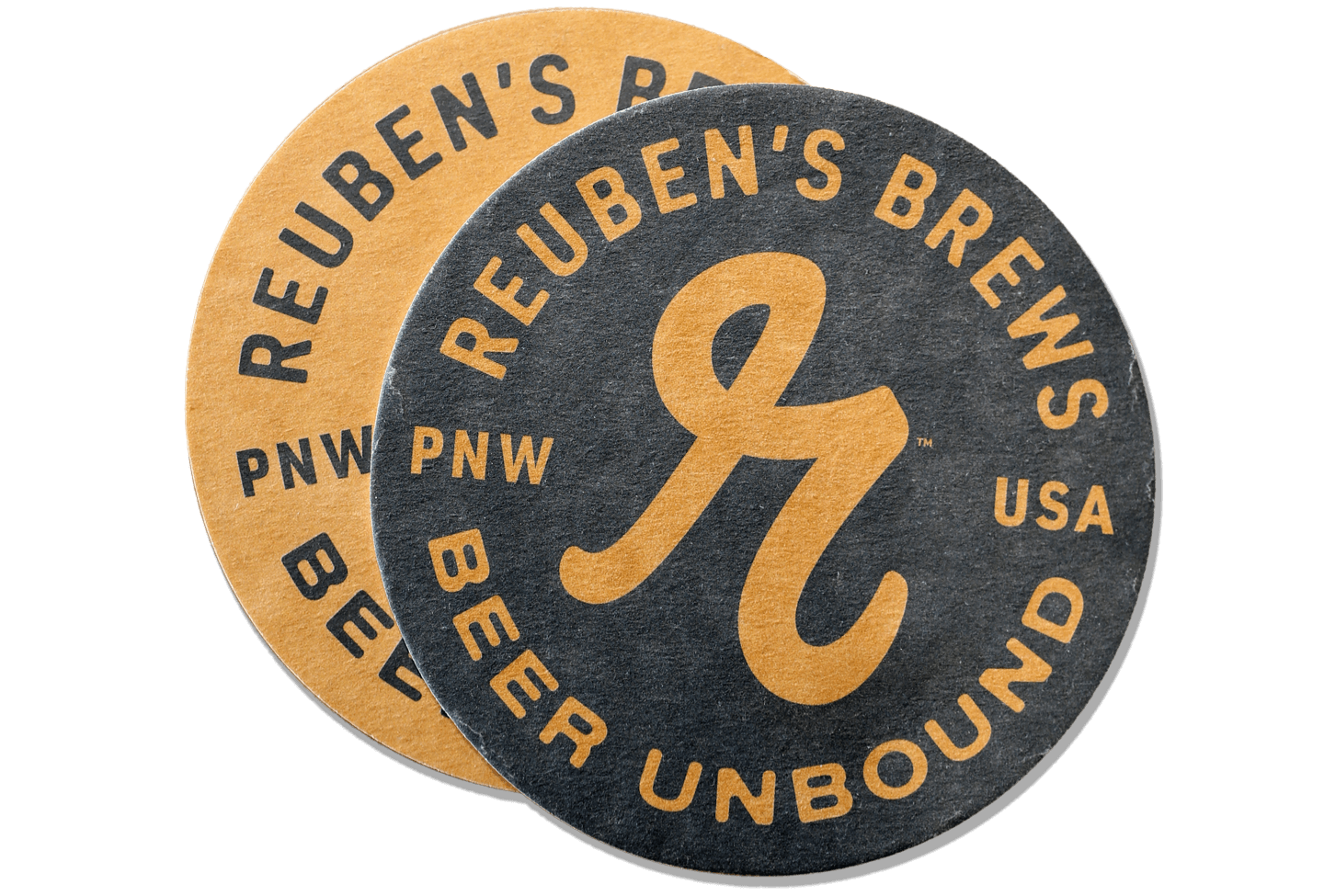The Brewers Association (BA) update their style guidelines on an annual basis. These guidelines are the definitions of beer styles which judges use to assess commercial competitions, such as at the US Open or GABF. Usually, the annual updates are just a tweak of the styles here or there…
Something got me thinking about this years updates though, as a few new beer styles were also added. One in particular was interesting – Koyt beer was added to the list. It was a style I had never even heard of before, and that in itself is unusual!
Dutch-Style Koyts are a gold to copper colored ale. This historical style was popular in the Netherlands from 1400-1550. The overall aroma character of this beer is grain emphasized with a grainy-bready accent. Hop aroma is very low to low from noble hops or other traditional European varieties. The distinctive character comes from use of significant amounts of oat malt and wheat malt. Hop flavor is similar to aroma very low to low from noble or other traditional European varieties.
I wasn’t the only one who found this addition to the guidelines interesting! I’ve known Chad and Colleen from when they moved to Seattle a few years ago, before they opened Wander Brewing. Awesome people brewing awesome beer up at Bellingham! When we discussed brewing a collaboration beer together, we went through a list of possible styles and Koyt was the immediate “we must brew this” selection.
So how do you design a recipe for a beer you’ve never had before? I had the same dilemma with our Roggenbier when I designed that recipe back when I was a homebrewer a number of years ago. With any recipe design I like to start backwards, and understand exactly how I want the finished beer to taste like in the glass. When I understand the result I want, then I work forward towards designing the recipe itself. You must have clarity on the end goal of what you’re trying to achieve in a recipe, otherwise you have no direction.
So with a Koyt beer, I had to do the same thing – really understand what our end goal was, and only then could I be of any use with the recipe formulation in our collaboration! Here’s a snippet from an email I sent Chad (with a few adjustments for typos / shorthand!) where I’m trying to describe my view of the vision for this beer:
“…I’m thinking it will taste like a more creamy (oaty) american wheat beer, without the american hops. I’m then thinking how will we make that taste REALLY good! American Wheat beers are refreshing, with a little US hops to give them interest. Well, in our case, we risk making the mouthfeel too full – losing the refreshing nature of the beer. It has to be refreshing. Having higher IBUs in this beer than american wheats would help maintain the refreshing nature through the creamier mouthfeel – so that makes sense. I think the noble hop undertones in the nose will add complexity, but not too much. Can we ferment down at 65 degrees with American Ale yeast? When I’ve done that before, I’ve gotten a little citrus complexity. Sure, it’s not necessarily in line with the style guidelines – but I don’t think it will be very pronounced, if at all, and will just add a little something extra. Fermenting colder may also get us a really clean, lager hybrid nose which would be awesome in this beer… So, in the final beer we’ll have a nose of light malt, maybe a little bread, a little hop spice, hopefully a little citrus. We’ll have a smooth mouthfeel, and a crisp finish accentuated by the IBUs and a little sulfates in the water.”
So we had a plan. We were brewing on Chad’s system up at Wander. We used malted oats, something I had never used before ), white wheat, pilsner malt, a little crystal and flaked oats with noble hops and a nice clean yeast strain. The brew came in at 6.5% ABV and mid 30s on the IBU scale. It will be released this first week of September – then we can all try a Koyt beer!
Cheers, Adam
